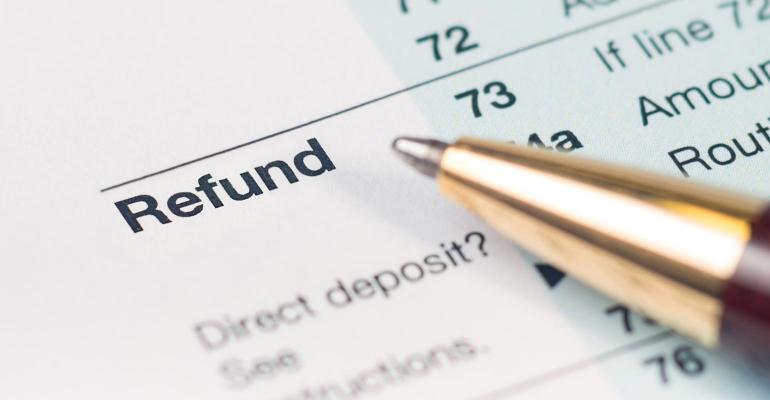President Biden’s $1.2 trillion infrastructure bill — which funds plans to rebuild the nation’s transportation systems, roads, and broadband internet — was passed by the Senate this week just before summer recess, with the House of Representatives scheduled to vote on the package at the end of September. One of the lesser-known elements of the package would move up the termination date for the Employee Retention Tax Credit from the end of 2021 to Sept. 30.
As a refresher, the ERTC is a refundable payroll tax credit that was introduced as part of the original CARES Act in March 2020 and allows businesses to receive up to $5,000 per employee in their tax refund if they can prove they had a revenue reduction in 2020 (or other types of qualification).
We spoke with Brent Johnson, co-founder and CEO of Clarus, a tech solution company that specializes in research and development tax credits about what businesses can expect now that the ERTC might be closing soon.
RH: What are your thoughts on the ERTC possibly ending soon? Do you think it’s the right timing?
Johnson: I do. The tax credit is very lucrative for certain smaller taxpayers, but for larger employers, not so much. We found that it has been quite helpful for a lot of restaurants. But there’s not as much knowledge of it as the PPP, so it’s frequently missed. It is a little more complicated to administer then the PPP was.
What makes it more complicated?
First, there's often confusion around eligibility. Do you have to have a substantial decline in gross receipts or are restrictions that were placed on your operation as a result of government orders enough to qualify? For restaurants, as long as they have dine-in service pre-pandemic, they almost certainly qualify for [the ERTC]. But the overlap with the PPP program and Restaurant Revitalization Program creates a perception that you can't benefit from the employee retention tax credit if you are already participating in one of these other programs. And that's just not true.
How can operators take advantage before the end of the ERTC if it does terminate at the end of September?
One really good thing about the program is it's not like the PPP where there's a specific amount of funding and when it's out of out of dollars, you're out of luck. The ERTC is open-ended. So, while the program will end on September 30, employers actually have up to three years from the date of filing their employment tax return to actually make their claim. So, people will continue to make claims under this program after September 30. But the period of eligibility would just end then.
How do you qualify?
There are three basic ways to qualify: the first is a substantial decline in gross receipts. And for 2020, that’s a 50% decline in gross receipts for a quarter of 2020, compared to the same quarter in 2019. For 2021, they reduced that threshold to a 20% decline in gross receipts vs. pre-pandemic. The second way that restaurants can qualify is if the if they have a partial shutdown as a result of a government order. And that means the capacity restrictions on your restaurant are such that they inhibit your ability to provide service. In most geographies, most states had some type of restriction on indoor dieting capacity, restriction, etc. The third way that a restaurant can qualify is if they started their restaurant operation after February 15, 2020.
How will this work come tax season?
This is actually a credit, which is claimed on a payroll tax return. As you document your period of eligibility, go back and compute your credit. Most restaurants are going to qualify going back to the first quarter of 2020. […] A lot of restaurants were claiming credits from mid-March of 2020 through June, when a lot of businesses started to reopen. Those that have been particularly hard-hit continue to qualify all the way through the third quarter.
What is the typical tax credit you’ve seen small businesses receive?
We had a restaurant that had about 60 employees and ended up with about a $500,000 tax credit — and that's an addition to their PPP loans and restaurant revitalization and grant. […] In a lot of the examples, we're finding that businesses are getting somewhere around 70 to 80% of what they got through their two PPP loans.
Contact Joanna at [email protected]
Find her on Twitter: @JoannaFantozzi





